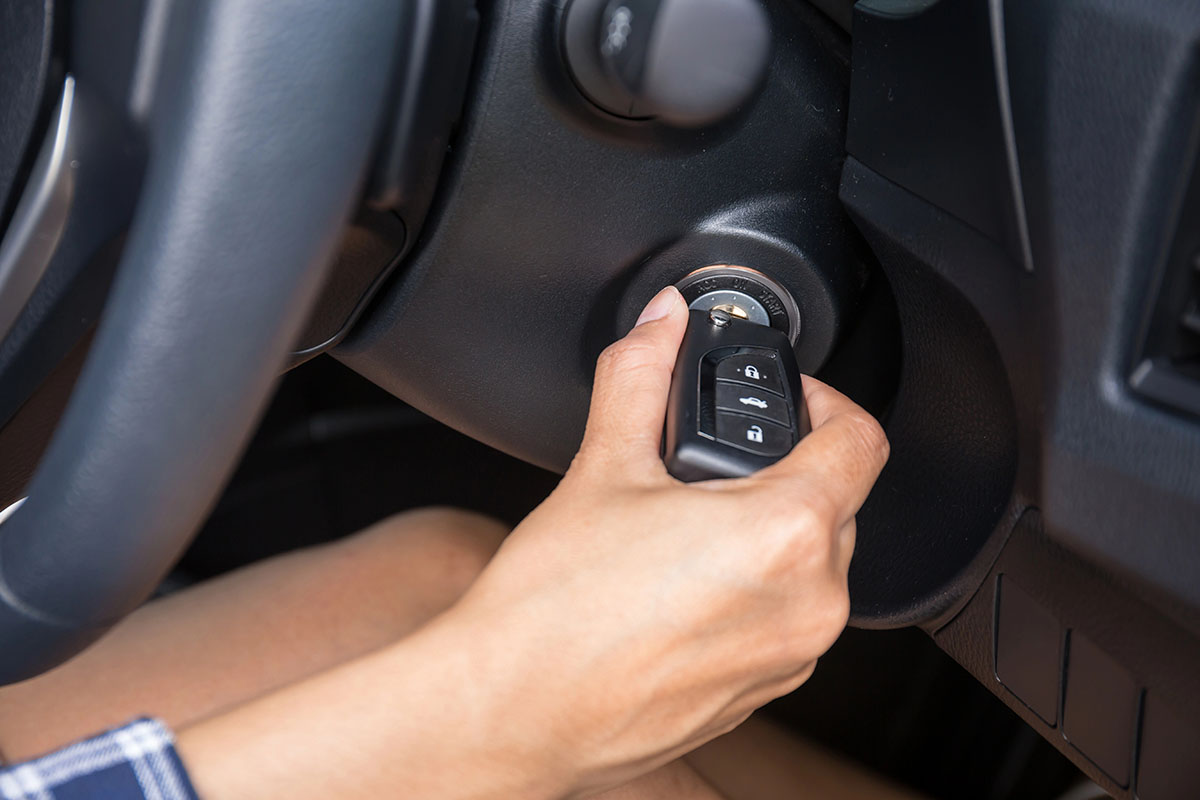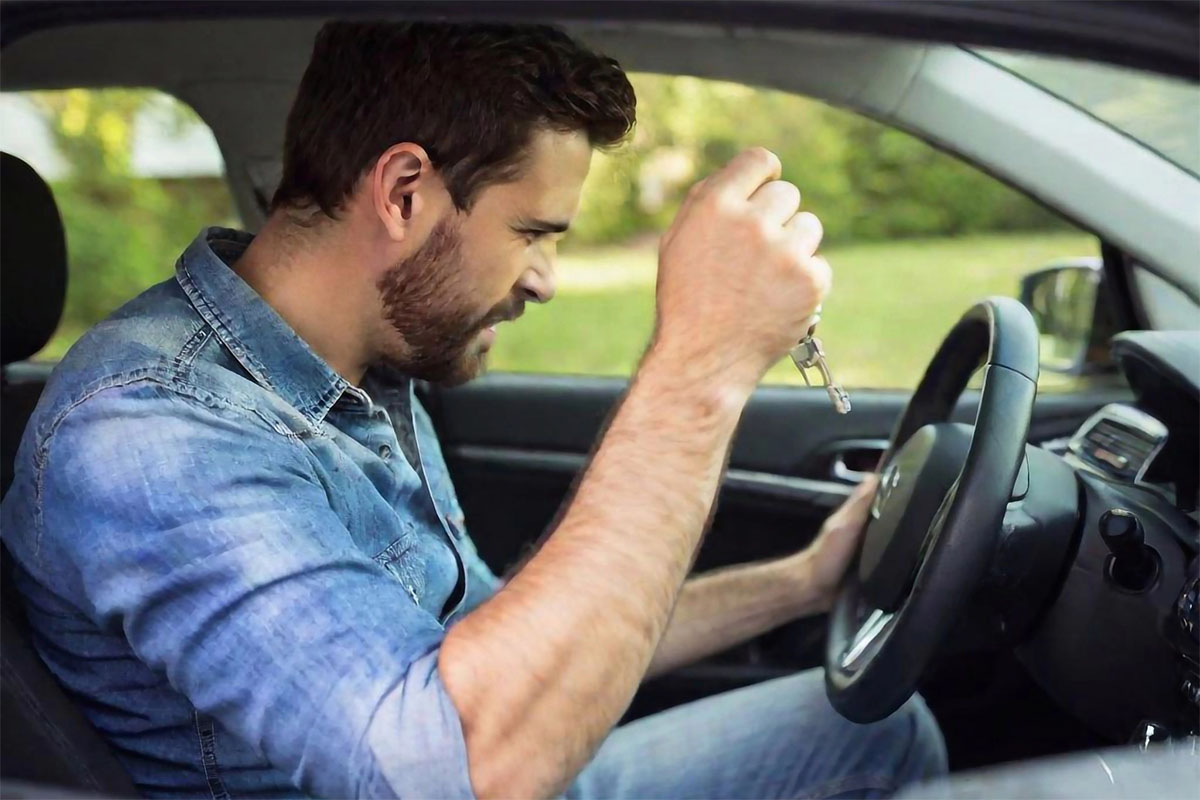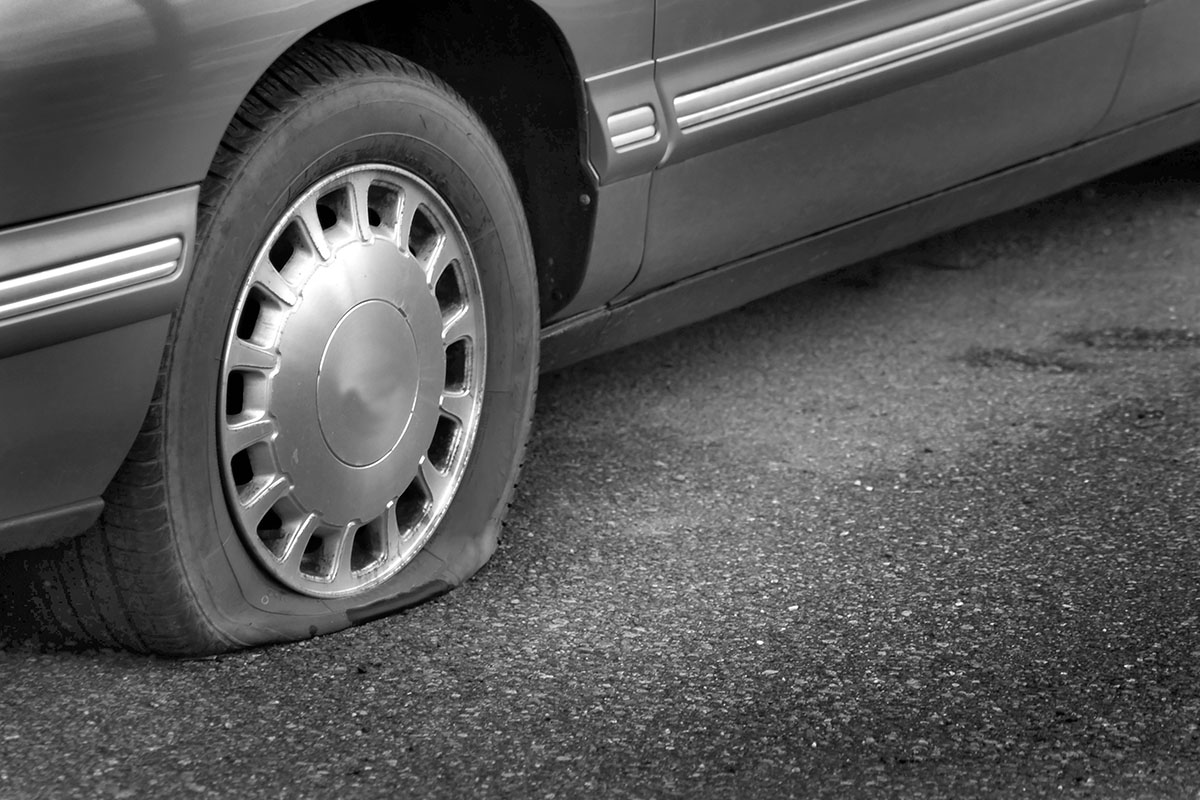Few things are more frustrating than turning the key (or hitting the start button) and hearing… nothing. Or maybe a slow groan from the engine. At that moment, most drivers have the same thought: Is it the battery, the alternator, or something worse?
Here’s the good news: in many cases, you can get a pretty good idea right on the spot. Let’s walk through what the signs look like, without all the jargon. So, you know whether you’re dealing with just a dead battery, a failing alternator, or a situation where it’s time to call for Tyler roadside assistance.
The Fundamental Relationship: The Battery & The Alternator
First, a quick, non-technical explanation of how these two parts work together.
- The Battery: Think of the battery as the “starting power.” Its main job is to provide the big jolt of electricity needed to start the engine. It also powers your car’s electronics when the engine is off.
- The Alternator: Think of the alternator as the “running power.” Once the engine is on, the alternator takes over. It generates electricity to power all of your car’s systems (lights, radio, etc.) AND it recharges the battery, keeping it ready for the next time you need to start the car.
They’re a team. The battery gets the car started, and the alternator keeps it running and recharges the battery. This is why a problem with one can often look like a problem with the other.
Clue #1: The Sound When You Turn the Key
This is your most important initial clue. Listen very carefully to what happens in the first few seconds.
Do you hear a rapid, clicking sound (“click-click-click-click”)?
LIKELY CULPRIT: Dead Battery. This is the classic, tell-tale sign. The battery has just enough power to engage the starter’s solenoid, but not nearly enough to turn the heavy engine over. The clicking is the sound of the solenoid trying, and failing, to do its job.
Do you hear a slow, weak crank (“wuh… wuh… wuh…”)?
LIKELY CULPRIT: Weak Battery. The engine is trying to turn over, but it sounds tired and sluggish. This indicates the battery is on its last legs but hasn’t completely given up yet.
Complete silence. No clicks, no cranks.
LIKELY CULPRIT: Could be either, but often a completely dead battery. If the battery is so drained that it can’t even make the starter click, you’ll get silence. This could also point to a more serious issue with the ignition system or starter, but a dead battery is the most common cause.
Clue #2: The Behavior of Your Electronics
Before you try to start the car again, take a look around the cabin.
Your dashboard lights are very dim or don’t come on at all.
LIKELY CULPRIT: Dead Battery. Your battery powers these lights when the engine is off. If they are weak or dead, it’s a strong sign the battery is the source of your problem.
The car was running fine, but the lights started to dim, the radio flickered, and then the car died.
LIKELY CULPRIT: Failing Alternator. This is a huge clue. If the car dies while it is running, it almost always points to the alternator. The alternator is supposed to be providing the “running power.” When it fails, the car’s systems start desperately drawing power from the battery until the battery itself is completely drained, at which point the engine will stall.
The car starts with a jump-start, but dies again almost immediately after you disconnect the cables.
LIKELY CULPRIT: Failing Alternator. This is the smoking gun. A jump-start gives your battery enough juice from another car to start the engine. But once the engine is running, the alternator is supposed to take over. If it doesn’t, the engine will die again right away. If the car starts with a jump and stays running, it’s a strong sign that your battery is the problem and simply isn’t holding a charge anymore.
Clue #3: The Warning Lights on Your Dashboard
Your car is designed to talk to you. Those little lights on the dash are its voice.
Do you see a warning light shaped like a battery?
LIKELY CULPRIT: Failing Alternator. This is the most misunderstood warning light in the car. Most people see the battery symbol and assume the battery is bad. But this light is actually part of the car’s charging system. It lights up when the alternator is not generating enough voltage to run the car and recharge the battery. If you see this light while you are driving, it’s a serious warning that your alternator is failing. You should pull over to a safe location as soon as possible, because your car will likely die soon.
Is the “Check Engine” light on?
LIKELY CULPRIT: Could be many things, including the alternator. Modern cars have sensors that can detect when the alternator’s performance is weak or erratic, which can trigger the Check Engine light.
The Diagnosis & Your Next Move
Let’s put it all together.
You’re most likely dealing with a BAD BATTERY if: you hear a rapid clicking sound, your car starts with a jump and stays running, and your electronics were dead before you tried to start it.
You are most likely dealing with a BAD ALTERNATOR if: your car died while you were driving, your warning lights came on beforehand, and the car starts with a jump but dies again right after being disconnected.
Regardless of the diagnosis, you’re still stuck. But now you have valuable information. When you call for roadside assistance, you can confidently say, “”My car won’t start, and based on the symptoms, I think it’s the alternator.”” This helps the tow truck operator or roadside technician come prepared.
In this situation, your safest and most reliable move is to call a professional. Hi-Way Towing can not only provide a tow or jump starts in Tyler TX, but our experienced operators have seen it all and can often help confirm your diagnosis on the spot, so your vehicle gets the right service it needs to get you back on the road. If the situation calls for urgent support, you can count on Tyler emergency towing to respond fast and get you moving again.
FAQs
How long does a typical car battery last?
The average car battery lasts between 3 to 5 years. Factors like extreme heat or cold, frequent short trips, and the electrical demands of your vehicle can all affect its lifespan. If your battery is more than four years old and you’re having starting issues, it’s a very likely suspect.
Can a jump-start damage my car?
If done incorrectly, a jump-start can damage the sensitive electronics in modern vehicles. It’s integral to connect the cables in the correct order (positive to positive, then negative to a ground on the dead car) and to ensure the cars are not touching. If you are at all unsure, it is far safer to call for professional roadside assistance.
If it’s the alternator, can I still drive the car to the mechanic?
This is a very risky gamble. If your alternator is failing, your car is running on battery power alone, and it will die as soon as the battery is drained. This could happen in a few minutes or a few miles, often leaving you stranded in an unsafe location, like the middle of an intersection or on the highway. The safest option is always to call for a tow.
My battery terminals have a bunch of white, crusty stuff on them. Is that a problem?
Yes. That corrosion is caused by battery acid and can act as an insulator, preventing the electrical current from flowing properly. Sometimes, simply cleaning the terminals with a wire brush is enough to solve a starting problem. However, heavy corrosion is often a sign that the battery is old and may be leaking, so it’s a good idea to have it tested professionally.
How can I tell if my battery is bad before it leaves me stranded?
There are a few warning signs. If your engine seems to be cranking more slowly than usual when you start it, if your headlights dim when the engine is idling, or if the battery case itself appears swollen or bloated, it’s a good idea to have your battery and charging system tested at an auto parts store or a mechanic’s shop. Most places will perform this test for free.






